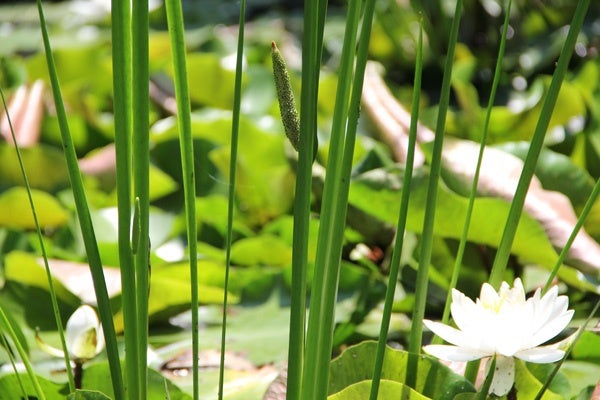Tastes of historic Philly botanical garden flavor new bitters mix
A new alcoholic mixer is inspired by America’s oldest botanical garden.
Bartram’s Bitters is based on a 180-year-old recipe that was hand-written on a scrap of paper by John William Bartram, the great-grandson of the man who founded Bartram’s Garden in Southwest Philadelphia in 1728.
A bitters is just that: bitter. You don’t drink it straight but, instead, add scant drops to whiskey or gin to complicate the flavor.
Bartram’s Bitters is made from a blend of plants, such as wild cherry, sassafras, and wintergreen, found in historic Bartram’s Garden. It has a regional flavor.
“It would be very easy to walk around in any eastern forest and find gobs of wild cherry and sassafras,” said head gardener Todd Greenberg, scratching bark from a wild cherry tree. “Just scraping the outer bark, you get a distinct pungent odor. All the plants that were used in the bitters had very strong distinctive scents in the bark and leaves.”
In 1994, an archivist at the gardens accidentally discovered a small piece of paper with the recipe for a medicinal elixir. It includes “Essence of Caraway,” “Bitter Almond,” “Gentian root,” and “Prickly ash Bark.”
The prickly ash is also called the toothache tree. For millenia, Native Americans used it as a kind of Novocain.
“You literally go numb. You start drooling,” said Greenberg, who knows from experience. “Your tongue gets immediately numb. Crushing these [leaves] you get a sense of how pungent the chemical is.”
Crumbling leaves of the prickly ash tree in his hand, Greenberg released a scent both sweet and musky.
Bartram’s recipe was turned into reality by Robert Cassell of Philadelphia Distillery, which also makes the top-shelf Bluecoat gin. His extremely small preliminary run of fewer than 200 small bottles (100 milliliters each), is a pilot test. Future batches will reinterpret the vagaries of the recipe with the help of historians, botanists, and bartenders.
“The more different avenues we bring in to do this, the better success we can have in terms of trying to accurately depict what it is,” said Cassell. “My goal is not to change the recipe — it’s not my recipe. I’m making an effort to best interpret somebody’s notes.”
Bartram’s Bitters retails for about 10 bucks a bottle. (It’s not currently available in Pennsylvania wine and spirits stores.) A portion of the profits will be donated to Bartram’s Garden.
WHYY is your source for fact-based, in-depth journalism and information. As a nonprofit organization, we rely on financial support from readers like you. Please give today.







